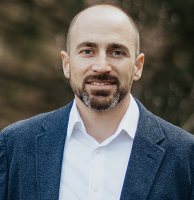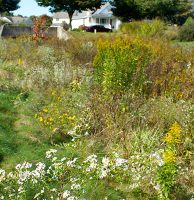
Wetland Revival at Big Spring Run
LandStudies was part of a collaborative effort to transform Big Spring Run into a new, thriving wetland ecosystem.
Environmental engineers, geologists, botanists, landowners and F&M students provided 8 years of scientific research and monitoring that allowed LandStudies to design this project. The project will improve water quality in the watershed, create improved wildlife habitat, and provide added flood volume storage.
Buried Wetland Ecosystem
Big Spring Run’s pre-existing ecosystem has been buried by 20,000 tons of legacy sediment as a result of hundreds of years of human disturbances. Wetlands like Big Spring Run are very important to the health of the landscape because they filter pollutants and toxins. Merritts and Walter and their team of experts were able to identify elements of the historical ecosystem buried under the 20,000 tons of legacy sediment. They created an innovative approach to revive the buried wetland through the process of legacy sediment removal.
Big Spring Run has allowed this approach to be tested and proven. The project now provides an alternative, cost-effective solution for preventing stream bank erosion and high sediment loads into the highly protected Chesapeake Bay. Thriving wetlands are very important to the health of the Chesapeake Bay Watershed, which is suffering from the pollution caused by sediment runoff into streams and rivers.
Contradicts Conventional Understanding
The discovery that “a complex ecosystem involving many different stream channels and wetland sedge meadows buried beneath hundreds of years-worth of muck” contradicts the conventional understanding that the landscapes adjacent to streams were forested.
Example to Other Regions
Big Spring Run can be used as an example of a more effective way for restoring other wetland areas in Pennsylvania. The project has also identified many other possible wetland areas that could be restored in the future. The Big Spring Run project has been and will continue to affect other restoration efforts across the country including Duke University, University of North Carolina, and the University of Louisville.
Read the full article that appeared in the Franklin and Marshall Magazine, Winter 2016 here.


